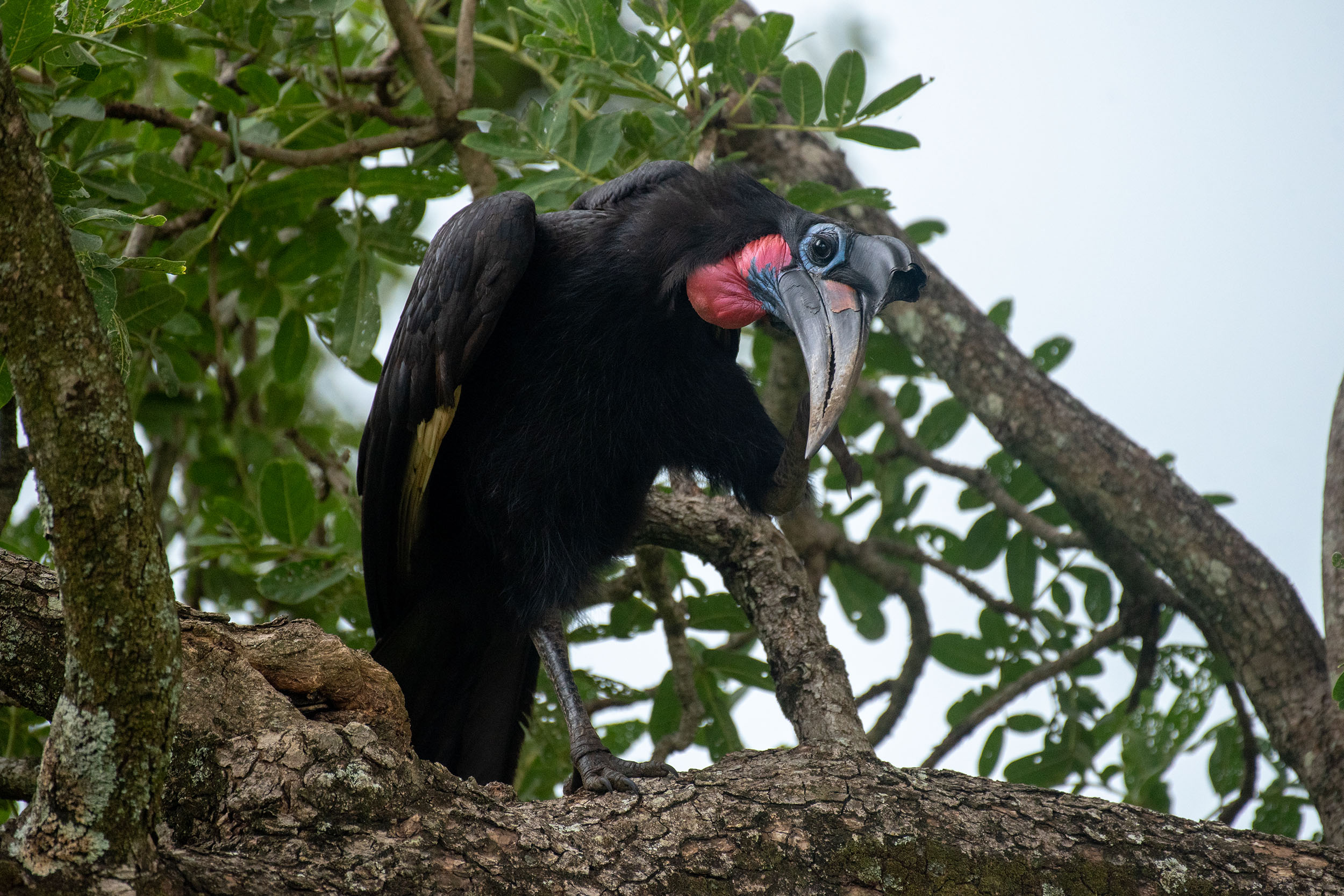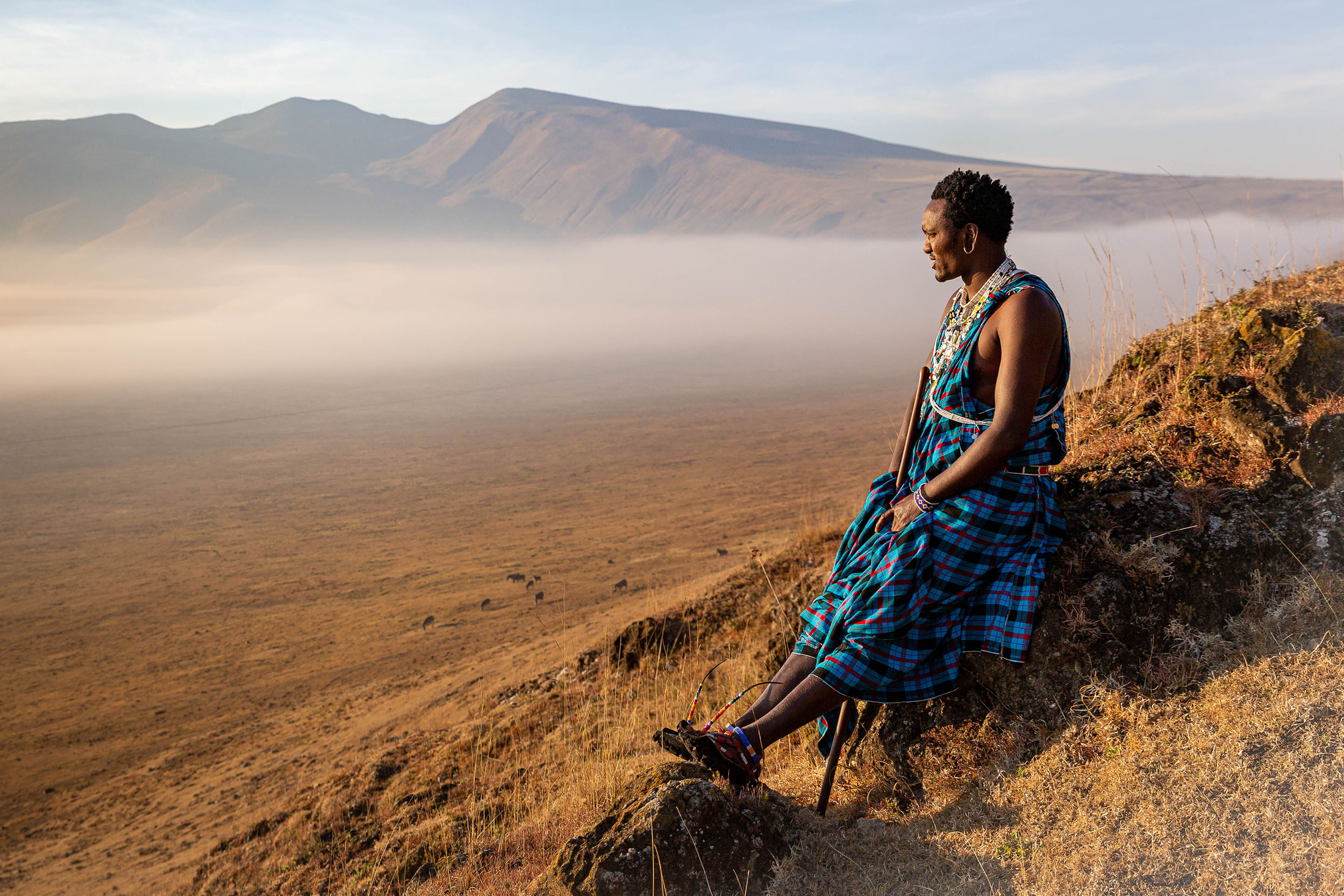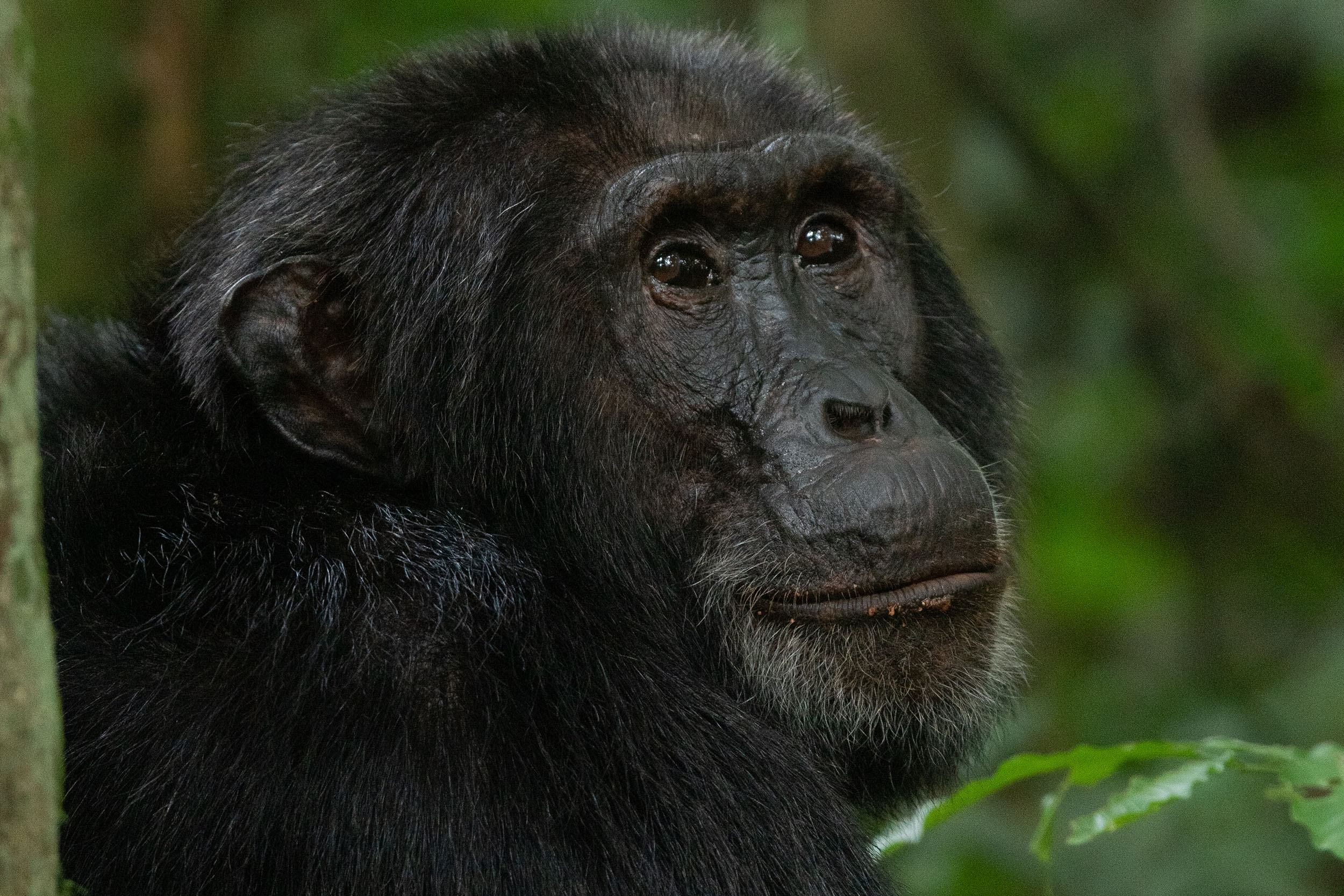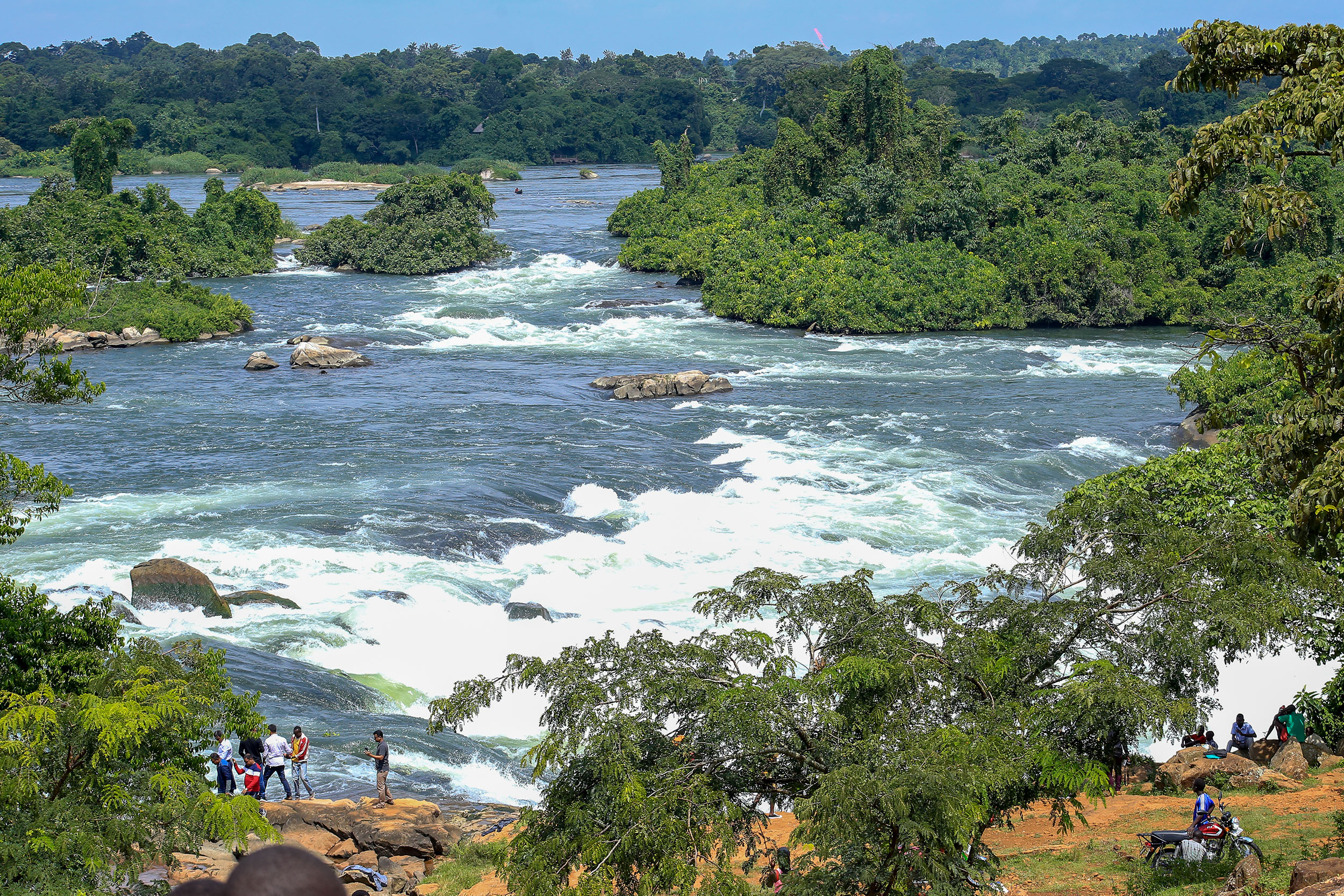Uganda is a home to approximately 1100 bird species. That constitutes 50% of all Africa's bird species
and 11% of all words bird species count. Western Uganda, in Murchison falls National park place in particular, is excellent place, to sight various and rare bird species, as you, can usually, identify 400 species of birds largely in Budongo forest Reserve.
The most sought bird to be seen in Uganda is the Shoebill stork. This is largely historic looking bird that weigh about 6kgs with an enormous head size, its commonly referred to as kingwhwle head.
The shoebill Storck can often be seen in several other destinations like Murchison falls national park but reliable one is seen in Mabamba wetland located relatively 12 kms west of Entebbe close to the city of Kampala in Nakiwogo Entebbe a peninsula part of lake Victoria. Mabamba will captivate birders and non birders alike. The wetland is Uganda’s most important birding site and it’s a home to over 300 bird species. It is an area of immense ecological importance
There are about only 12 shoebill storcks said to be resident in Mabamba wetland bay and other 900, spread across other National parks like lake Mburo national park, queen Elizabeth national park, in the swamp in, Ishasha sector, Semliki wild reserve and Zziwa Rhino sanctuary in Nakasongora.
Reserch shows that out of about 3,500 shoebill storcks left in the wild worlwide, Uganda has 1000 of them spread across the country. USA is left with only 3 shoebill storck kept in a zoo in Tampa’s Lowry park in Florida. UK has only one female shoebill storck which just been brought to Exmoor zoo as part of an international programme to save their specie.
It feeds on lung fish, baby crocodiles, water snakes, tilapia, frogs. It uses hunting technique called freeze and seize to catch their prey. According to International union for conservation of Nature INCN, The population of shoebill storcks living in the wild is estimated to be between, 5000-8000 indivivuals where about 1000 shoe species live in Ugandan. Majority of these species live in swamps in Uganda, south Sudan, Eastern part DRC and Zambia. On route from Kampala to Mabamba swamp you can look out for papaylus specialist such as the Payrus Gonolek,whitebwinged warbler, notherbrownthroated weaver, the Golden backed and Orange river and others.
In conclusion, The shoebill stork, is rare bird to sight forcing birders to move further deep into wetlands were they can easily spot them. Visitors interested in seeing the shoebill stork should book a birding Safari to Uganda where you will have high chances of spotting this rare but beautiful bird species.
Most of the birding in Mabamba river is done by canoes and crossing through the swamps, and waterways, which indeed is an amazing way to look for, these rare shoebill stork. The guides in Mamamba swamps are exceptionally knowledgeable in flora and Fauna and bird life. Other species in Mabamba swamp include African rail, Squaccoheron, purple and herons and variety of EGRTES
Budongo forest reserve is Part of Muchson falls nationan parkand ahaven of biodiversity and natural wonders a home to over 600 chimpanzees and other primate species.
It’s a home to very rare species of birds across its habitat. Close to 400 species of birds live in this tropical paradise
BUDONGO FOREST BIRDING SAFARIS.
Budongo forest reserve located in western Uganda under muchson falls national park is a haven of bio diversity and natural wonders. It’s a home to over 600 species og chimpanzees and other primates but also a sanctuary of over 360 bird species.
The commonly seen and visited birds include.
1. Illadopsis puveli.
This beautiful bird falls under family Called Pellorneidea. Its horizontal intercepted range of presence extends across African tropical forests mainly in E. Africa and Western Uganda. Its Migration partners are largely resident.
2. Chocollate backed KingFisher.
This is a specie of the kingfishers which largely occur in its distribution across western Sahara, African tropical rain forests. Its not associated with water and is Bird of primary and secondary low land rein forests.
Voice
It has a sharp creaming alarm note and is given song of high pitched highly audible introductory.12-17 long fluted like pure tones which are evenly spaced and far carrying lasting to 5-7 seconds and some time times falling away towards the last few seconds.
It has stable feeding habits in insects, fruits and leaves.
3.Paradise fly Catcher
These are considered very genius species under a family of Manarchidea. it ranges across Africa and Asia, A few species are considered Migratory but largely their resident birds.
Both male and female have fairy long tails which make them appear larger than they appear in their actual size.
They feed largely on spiders and Berries, Their vocal sound often gives a reapted sweet melodicindian flute like wilie-wee willie wee.woo song.
4. Yellow Footed Fly Catcher.
This is A redish-brown-gray head, gray throat and bridgt lemon yellow belly. Its Distribution patterns rotates in Camerom, central African Republic, DR Congo and Uganda.
Its Natural Habitat is subtropical or tropical moist low land dry forests.
Undoubtedly one of the world’s rarest birds the SHELLYS CRIMSONWING can be found on most bird buckets lists. They live in a thin strip of mountains and volcanoes known as the Albertine rift which borders Uganda, Rwanda, Burundi and DRC.




